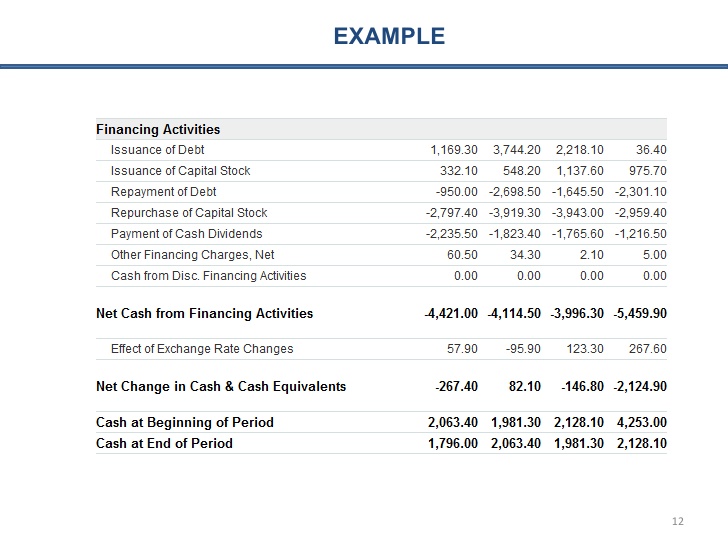

In mid-2013, HAMAD peacefully abdicated, transferring power to his son, the current Amir TAMIM bin Hamad. GDP per capita is gross domestic product converted to international dollars using purchasing power parity rates and divided by total population. This indicator describes the gross domestic product per capita at current prices. Thereby the gross domestic product was first converted from national currency to U.S. dollars at current exchange prices and then divided by the total population. The gross domestic products is a measure of a country’s productivity.
S&P Global had marked Qatar’s outlook to negative in 2017, but changed it to stable in 2019. The volume of Gross Domestic Product in Qatar increased to 180 USD Billion in 2021. The maximum volume was 206 USD Billion and minimum was 0.3 USD Billion.
Qatar’s economy has been mainly supported by its immense gas reserves, as the country is among the leading nations with the largest natural and conventional natural gas reserves in the world. Natural gas production in Qatar helps economic growth and is currently a reliable source of profit for the nation. Additionally, the gas industry drives a thriving export business which has helped Qatar establish itself as one of the world’s richest nations per capita. In 2013 alone, Qatar exported goods with a value of over 136 billion U.S. dollars.
Qatar’s proved reserves of gas are the third-largest in the world, exceeding 7000 km³ . The economy was boosted in 1991 by completion of the $1.5-billion Phase I of North Field gas development. In 1996, the Qatargas project began exporting liquefied natural gas to Japan. Further phases of North Field gas development costing billions of dollars are in various stages of planning and development.
What is Qatar GDP per capita?
GDP per capita is an evolution of this metric, and is obtained by dividing a country’s GDP by its population. The value that results from this calculation is the country’s GDP per capita. The GDP per capita varies drastically from one country to the next. The GDP of a country is dependent upon the country’s economic standing and overall profits compared to expenses. This table is of Qatar’s gross domestic product at market prices as estimated by the International Monetary Fund with figures in millions of Qatari Rials. With a fast-expanding population and substantial economic growth over the past decade, a reliable and extensive transportation network is becoming increasingly necessary within Qatar.

Indeed, over the past few years, demand for construction materials experienced a major surge as the development boom swept the Persian Gulf region. But the global financial crisis has put a significant dent in demand in the region, as project credit lines dry up and investor sentiment remains cautious. The crisis has in fact impacted the whole of the industrial sector – IQ saw its net profit drop in the fourth quarter of 2008 more than 90% over the same period the previous year.
Ever since the QIA was formed back in 2005, its success can be seen in the fact that it has, to this date, obtained 335 billion US dollars of assets from the rest of the world. Qatar may be a small country population and land area wise, but thanks to its oil, it is a rich country with high income. In fact, around 55 percent of the country’s gross domestic product can be attributed to both gas and oil.
As 2008 drew to a close, no capital markets around the globe, including Qatar’s, were immune to the effects of the sub-prime fallout. That said, there is considerable optimism that Qatar’s bourse, the Doha Securities Market , will remain relatively resilient to the ongoing international turbulence. It has followed the same peak-trough trajectory as many others around the globe, hitting record highs in mid-2008, before diving in late 2008 and early 2009.
These metrics closely resemble GDP, but are calculated slightly differently, which enables them to better account for the economic activity of tax haven countries. Thus, examining GDP per capita alongside a metric such as GNI per capita can give clearer insight into a country’s true economic health. Although it is expressed as a dollar amount per resident, GDP per capita is not a measure of the average or median personal income of a given country’s people.
By 2030, Qatar has set the goal of attaining 20% of its energy from solar power. The country is well-positioned to capitalize on photovoltaic systems, as it has a global horizontal irradiance value of approximately 2,140 kWh per square meter annually. Furthermore, the direct irradiance parameter is roughly 2,008 kWh per square meter annually, implying that it would be able to benefit from concentrated solar power as well. In 2009 Qatar was the 7th top producer of natural gas (2.9%) in the world, exceeding Algeria (2.6%), the Netherlands (2.5%) and Indonesia (2.5%). 75% of the natural gas production was exported in 2009 (67/89 bm3).
Refined petroleum products – production
In 2013, Qatar also ranked as the 11th top exporter of crude oil at an approximate 1.303 million bbl/day. With high production of crude oil, Qatar is one of the few countries that has little crude oil dependence on other countries for domestic energy consumption. While Qatar does not import any crude qatar gdp per capita oil, it does, however, import approximately 2,555 bbl/day of refined petroleum products. The following table depicts how much oil each sector of Qatar’s economy consumes in 1000 tonnes in the year 2014, notice how all of the oil products used within in Qatar are from refined petroleum sources.
- Qatar is expected to be one of the fastest growing economies in 2009 – the hope is it will be enough to keep the industrial sector on an upward trajectory.
- Industry in Qatar is regulated by the Ministry of Business and Trade.
- Again, this can be attributed to the fact that it is quite a small country that is blessed with the third largest oil reserve in the world.
The current account balance has been estimated at 20.1 this year, 16.1 , 12.4 , 14.1 and 15.7 . The current account balance has been estimated at $43.6bn this year, $35.2bn , $28.3bn , $34.2bn and $40.6bn . “Handbook on the compilation of statistics on illegal economic activities in national accounts and balance of payments”. There have been no exclusive estimates for world average by the IMF.
What is Qatar GDP From Transport?
In order to control the influx of expatriate workers, Qatar has tightened the administration of its foreign manpower programs over the past several years. Security is the principal basis for Qatar’s strict entry and immigration rules and regulations. OPEC quotas on crude oil production, the lower price for oil, and the generally unpromising outlook on international markets reduced oil earnings. In turn, the Qatari government’s spending plans had to be cut to match lower income. The resulting recessionary local business climate caused many firms to lay off expatriate staff.
Latest data on GDP From Services (QAR Million)
The move improved investor optimism and is hoped to prevent the market from falling further. The proposal to create a single unified regulator as early as 2010 to oversee all banking and financial services is viewed as another promising development that will transform the financial sector for the better. Qatar’s heavy industrial projects, all based in Umm Said, include a refinery with a 50,000 barrels (8,000 m³) per day capacity, a fertilizer plant for urea and ammonia, a steel plant, and a petrochemical plant. Most are joint ventures between European and Japanese firms and the state-owned QatarEnergy corporation .
In August 2019, Qatar Central Bank stated that the country’s economic growth will see a boost over the next two years amid expectations of stable oil prices and continued strong exports. The GDP is expected to grow at an average rate of 2.8% between 2018 and 2020, with the budget surplus falling to 4.35 billion riyals in 2019, from a surplus of 15.1 billion riyals in 2018. The country’s economy has grown despite sanctions by its neighbors, Saudi Arabia and the United Arab Emirates. Ease of political acceptability on the Development Strategy is dependent on the residents’ acceptance of the current government as proven with other laws in the past. Qatar aims to set itself apart on the international stage with its plans to diversify its oil – based economy and improve inefficiencies within social and physical structures of the State. As of 2017, a more diversified economy is inherently more stable, more capable of creating jobs and opportunities for the next generation and less vulnerable to the boom and bust cycles of oil and natural gas prices in Qatar.
Gross reproduction rate
However, Qatar has still not published a plan for which they state how they will achieve this diversified economy. Thus, the effectiveness of such a plan cannot be commented on until such a plan is produced for public consumption. Gross domestic product is a measurement that describes the value of a geographic location’s total goods and services, and how it relates to the population of the region.
Thus, Qatar has a worldwide high ranking of per capita GDP due to its significance production and exports in both crude oil and natural gas in proportion to its relatively small population. Openness to global commerce through trade and investment underpins Qatar’s competitiveness. Foreign investment in several sectors of the economy is capped. Growth in financial services has contributed to economic diversification. Gross Domestic Product per capita shows a country’s GDP divided by its total population. The table below lists countries in the world ranked by GDP at Purchasing Power Parity per capita, along with the Nominal GDP per capita.


